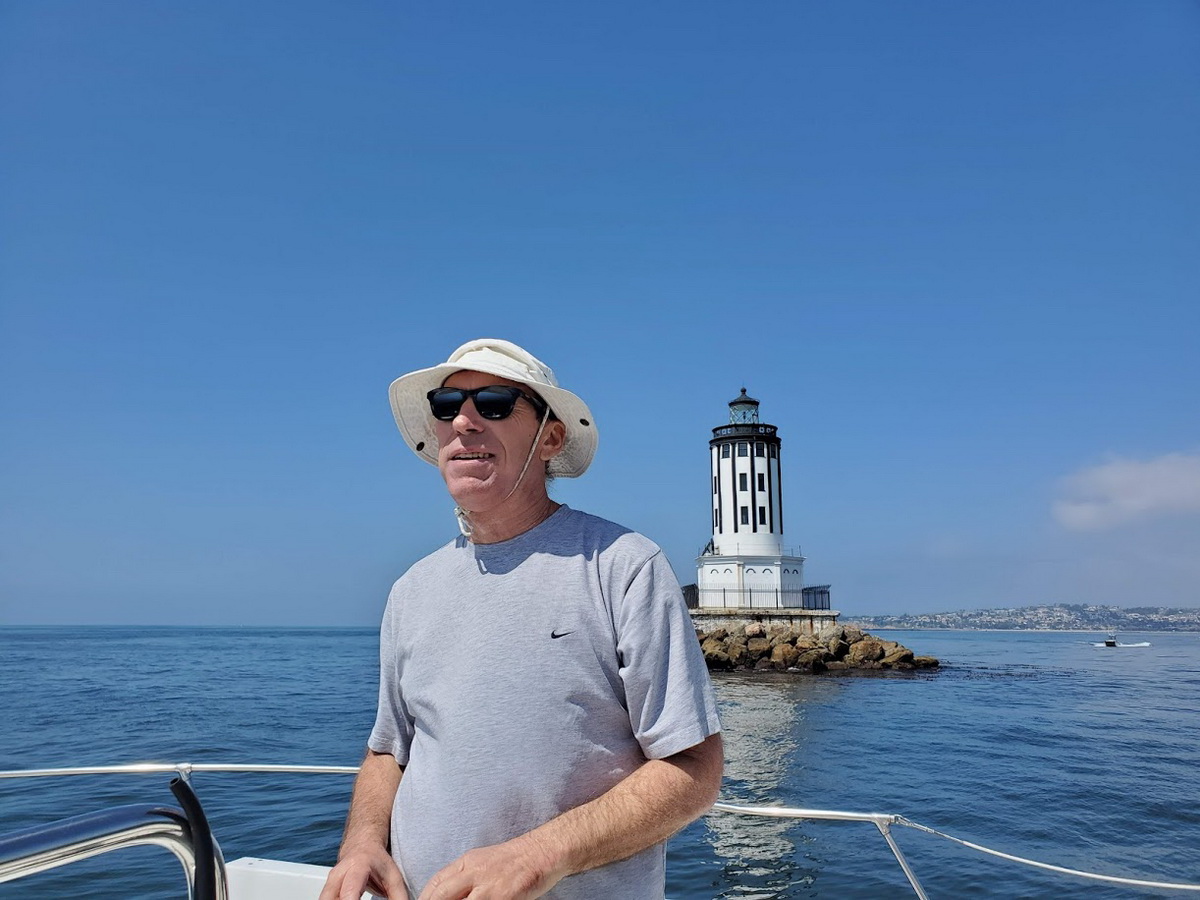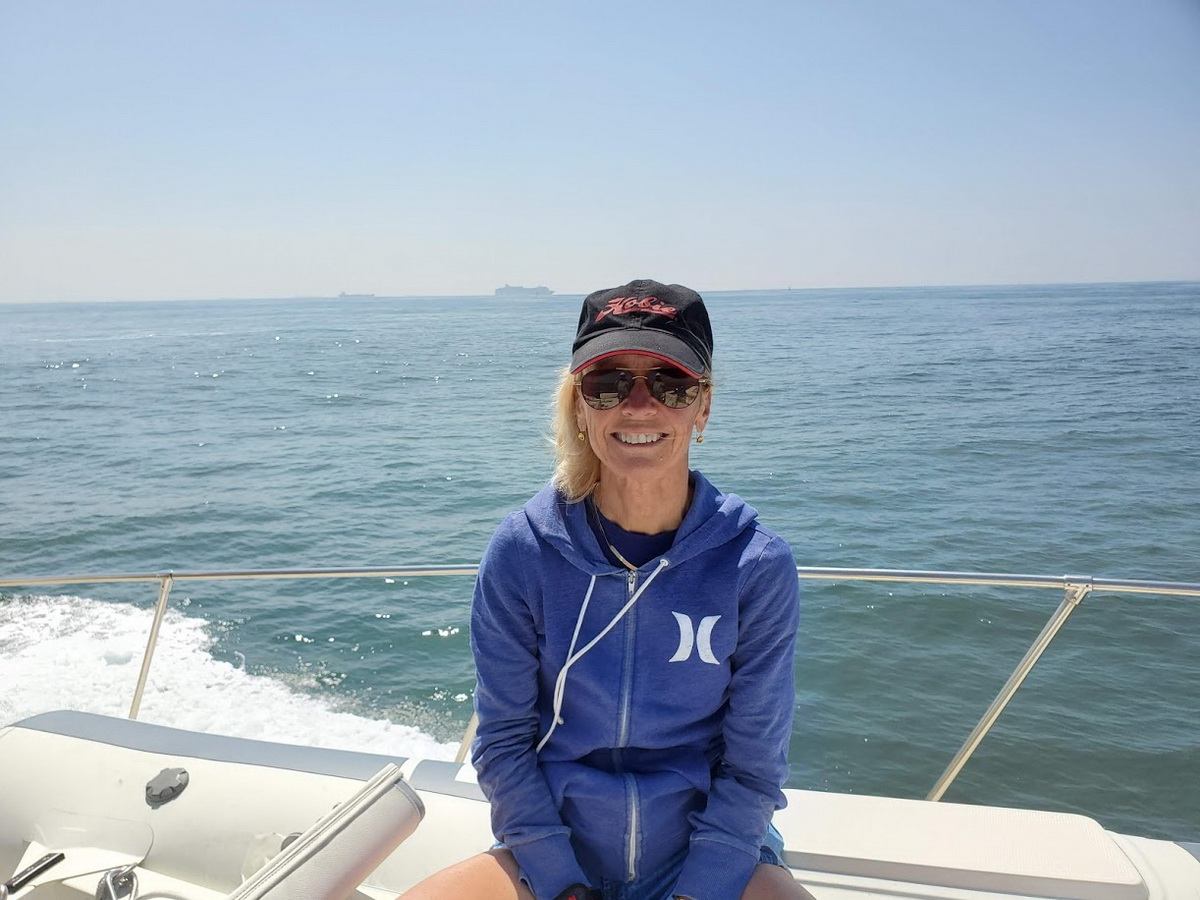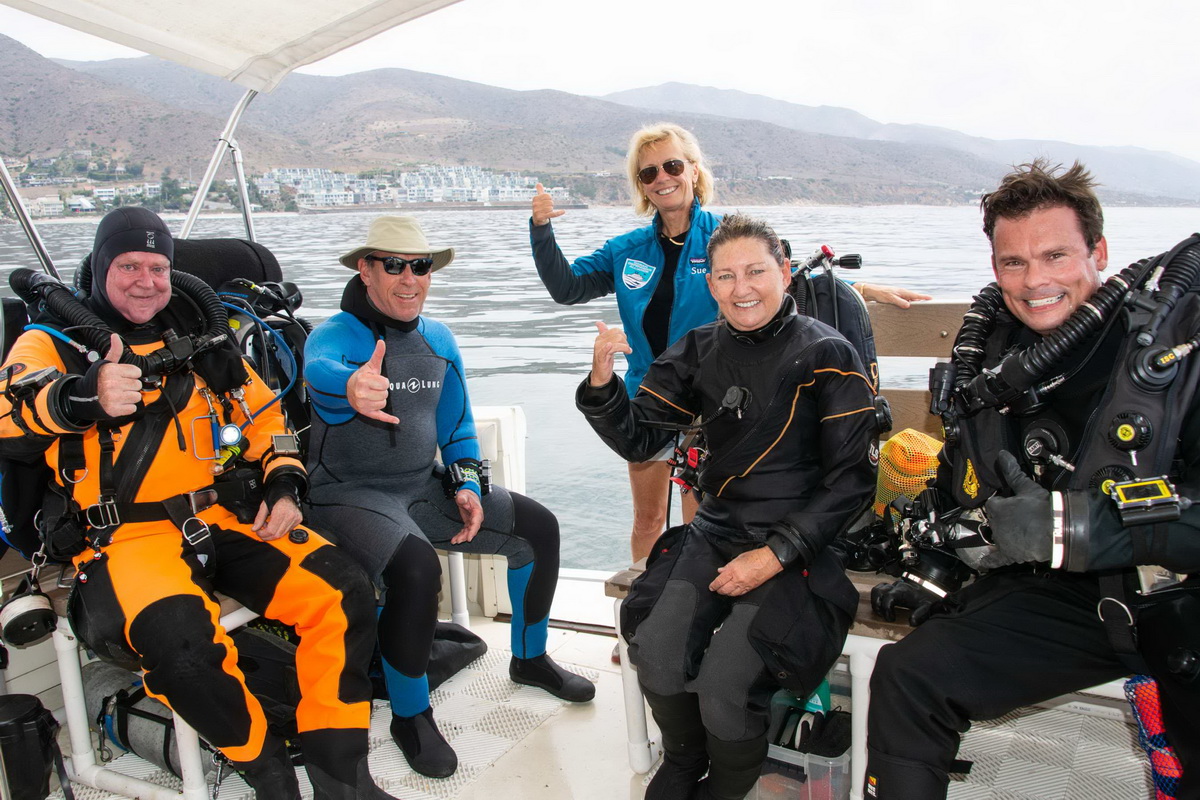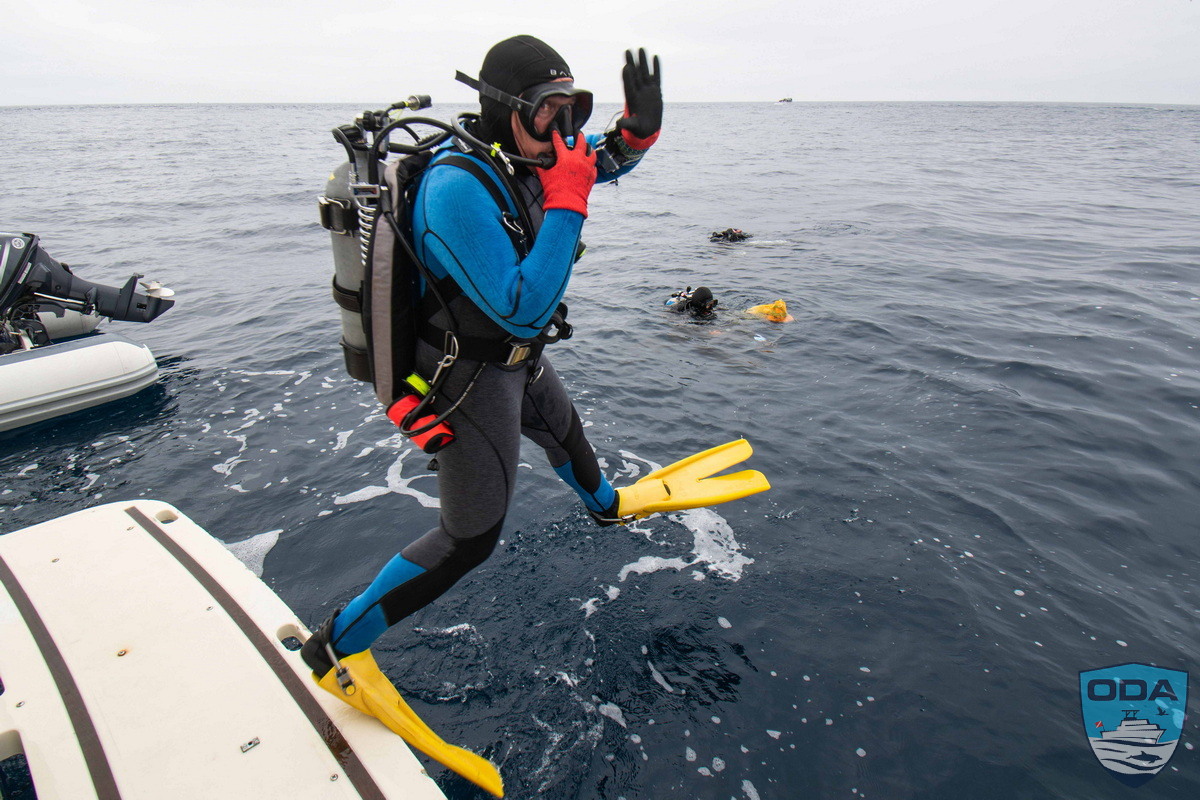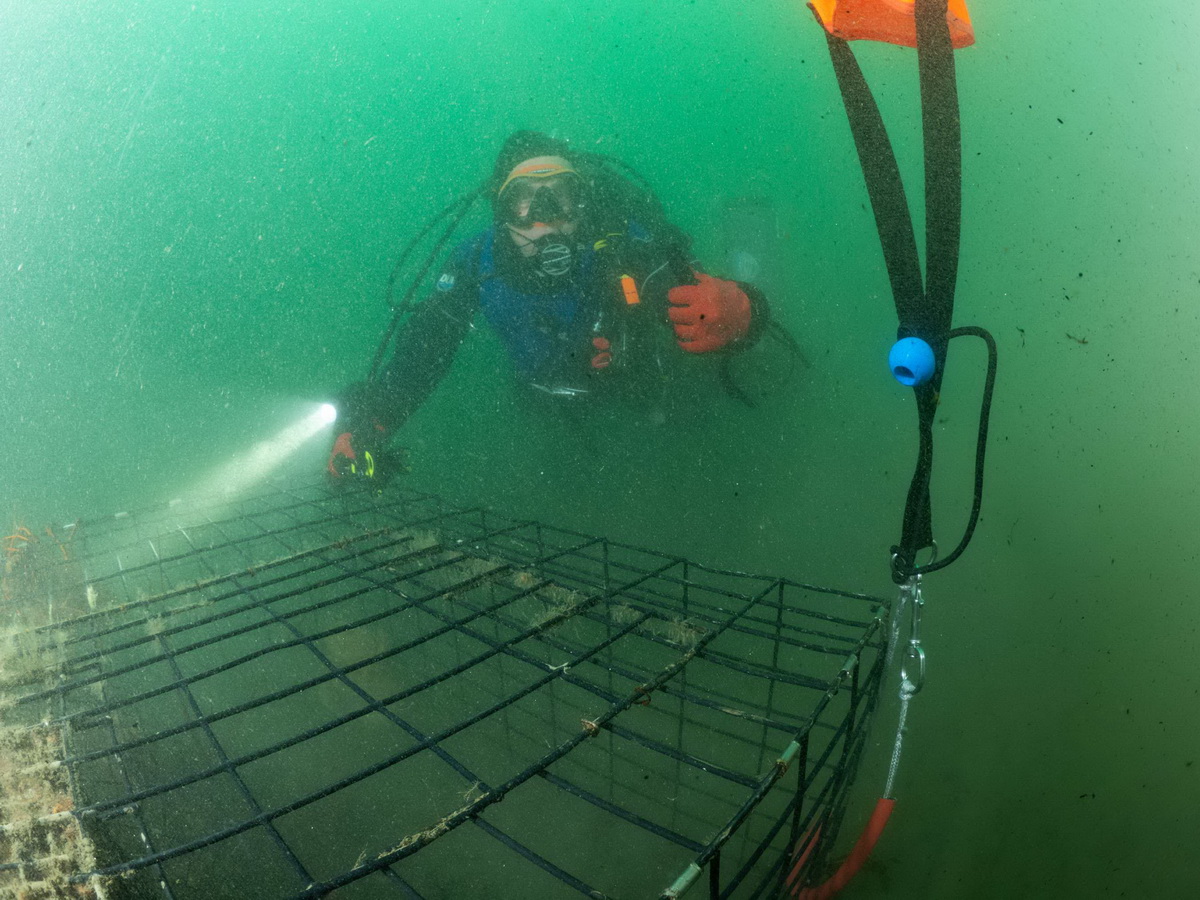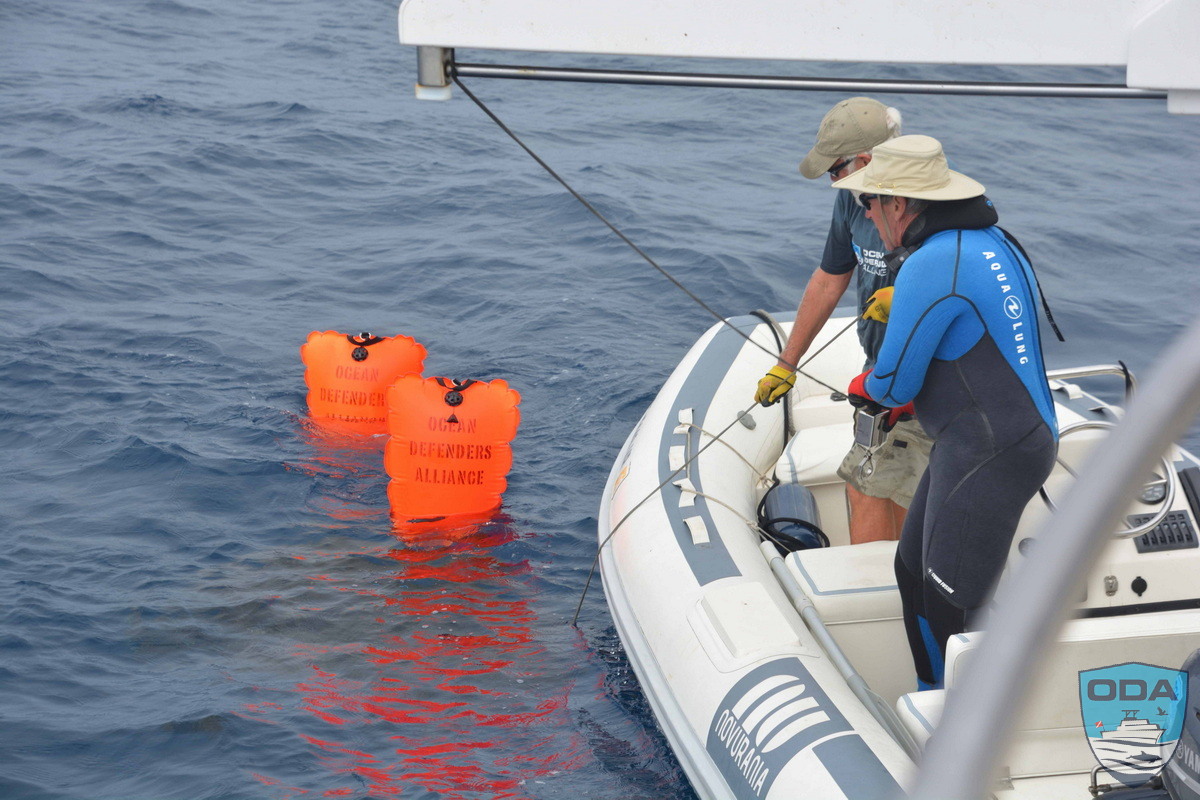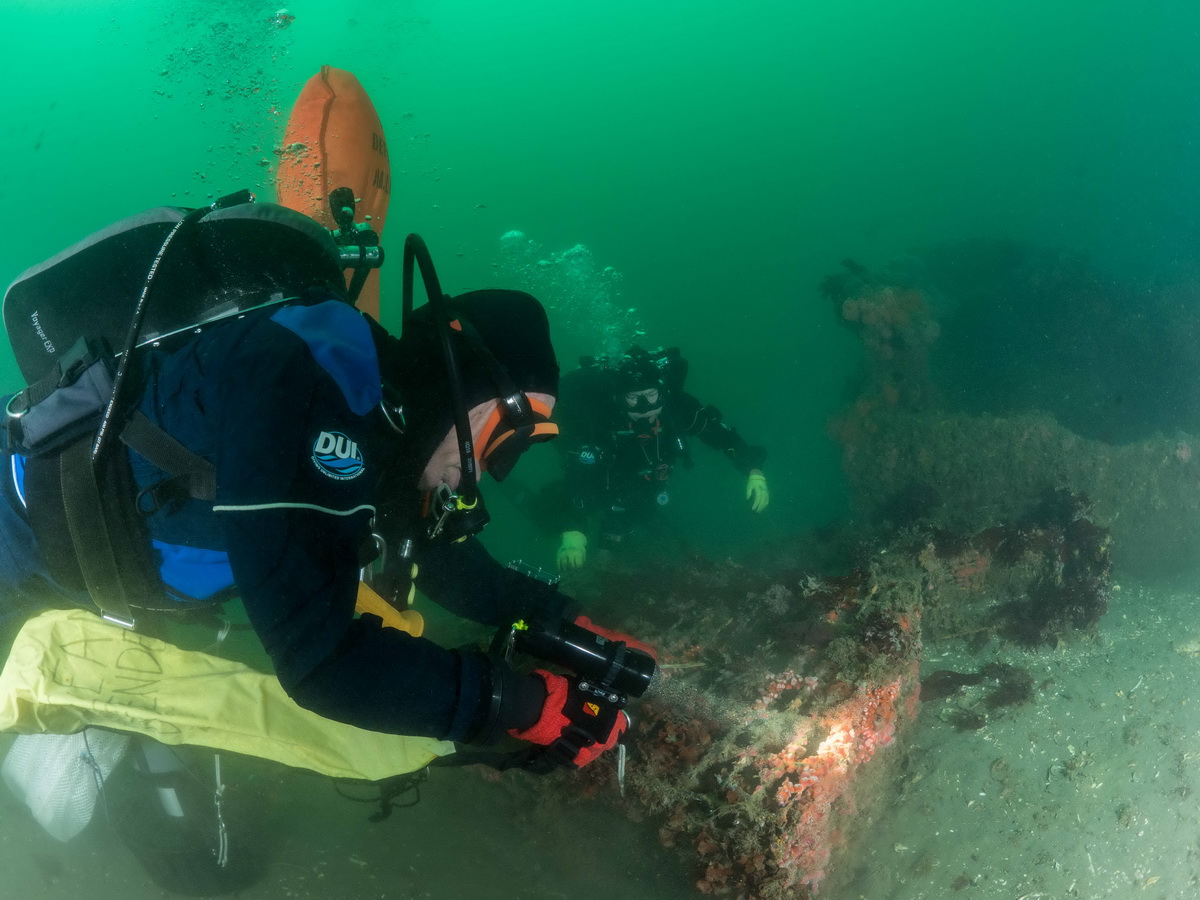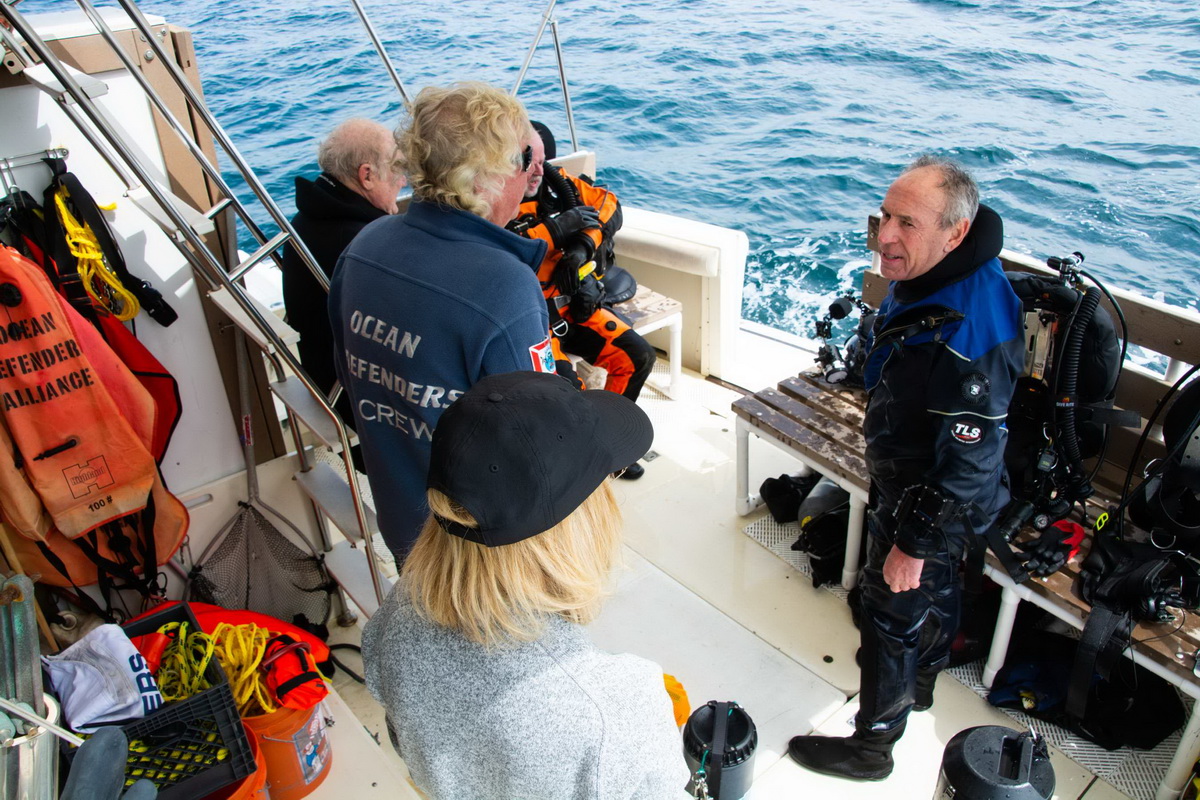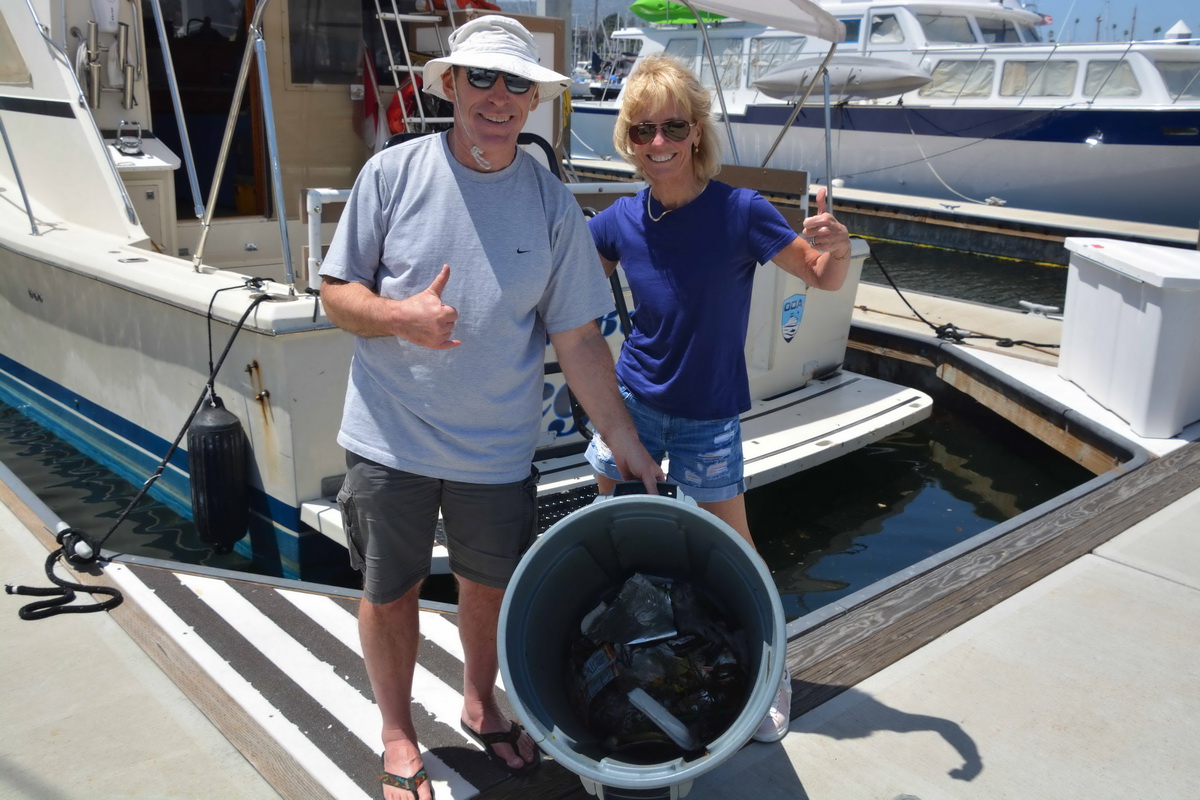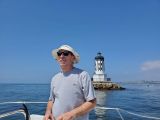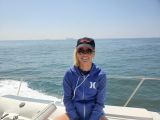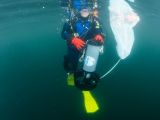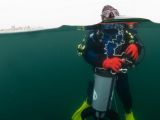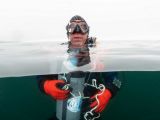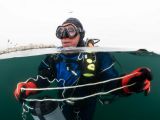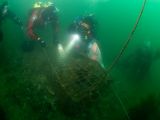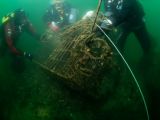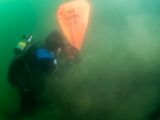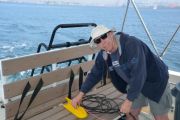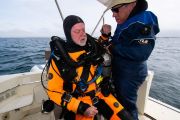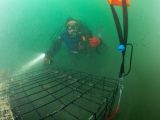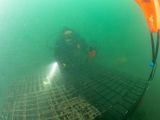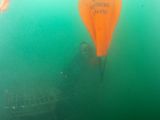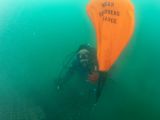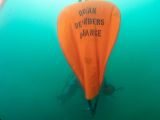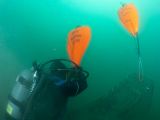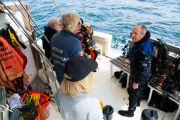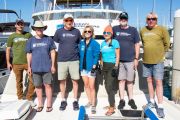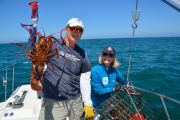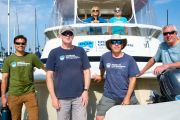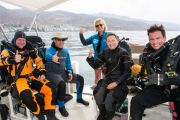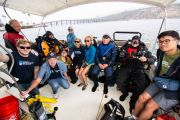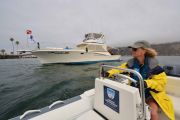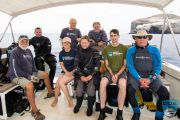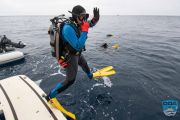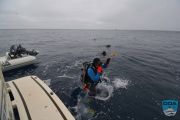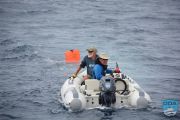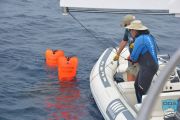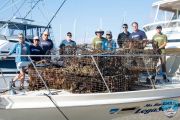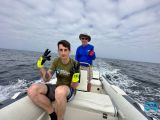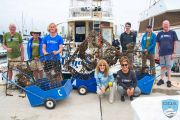Introduction by Founder and President Kurt Lieber
It's hard to pin down what exactly Geoff Walsh brings to the table when he volunteers with us. But that's because he does so many things!
First off, he is a saltwater nut, he'll forgo anything terrestrial if there is any chance of him getting in the ocean. His poor wife, Sue St. Sure, probably feels like a scuba widow. But luckily for ODA she goes out with us on our campaigns and does all the things required of the deck crews. We’re thankful for Sue, too!
Before I talk about Geoff, I just want to say that we have so many great photos of him doing "his ODA thing" that I want to encourage you to look at the photo gallery when you get to the end of the article.
Geoff has outstanding diving skills, but his contributions go way beyond locating and removing abandoned traps. He’s very creative at coming up with solutions to our ever-evolving situations that come with the physical challenges of hauling these traps out of the water. If he sees something that can be improved, he builds whatever device that is necessary to make our recoveries more efficient and safer. For instance, getting a trap attached to a lift line that gets attached to the end of the davit line might sound like a no-brainer, but it can (and does) get crazy out there with wind, waves, and currents making this phase of the haul out a big challenge. Doing it on land is one thing, but in a turbulent sea? It can get crazy.
So, he created a system that quickly attaches one end of a line to the trap, and then when the trap gets towed over to the davit line, he put a quick release clip on the other end of the line that just snaps right onto the end of the davit hook. We've been struggling with this problem for years, now it is not only easier to do, but the people attaching those two items are not bouncing around in our RIB (Rigid Inflatable Boat) for very long, with a potential of getting their limbs or head slammed into the hull of the LegaSea while all this takes place.
That is just one example of the many things Geoff has taken on as a challenge. His contributions to ODA's ghost gear removal projects are very much appreciated, and he and Sue are now an integral part of the ODA family.
We asked Geoff some questions about his experience with ODA
Q: What are your favorite ODA expeditions?
Geoff: They're all good, some are just better than others. The best ones are when we have a successful outing and come back with lots of abandoned traps. Or find a buried abandoned trap with dozens of lobsters and have to go back to cut the top off and free them all. Or visiting wrecks looking for abandoned traps, because I love wreck diving. The downside of a successful expedition is we have a lot of abandoned traps to pull off the boat, and a lot more to clean up, so it makes for a long day. But days where we pull out a trap and save a dozen or more lobsters are especially rewarding. Even near-zero visibility days are rewarding when I can find something and bring it out of the water.
Q: Why do you like volunteering with ODA?
Geoff: Besides boat diving for free? (laughter) We don't necessarily hit the garden spots recreational divers visit on local dive boats. There's a lot of satisfaction in the mission of getting traps out of the water. Abandoned traps do their job 24/7, trapping sea life, and eventually it dies because it can't escape unless we get it out of the water. The satisfaction of what we're doing, and the impact we're having, even if it's on a limited scale, is indescribable. Plus, it's fun, being out on the water with likeminded volunteers who care about the environment and are generally nice people to be around.
Q: Your wife, Sue, also volunteers. Can you talk about the positives of volunteering together? Did one or the other start first with ODA or did you both “dive in” at the same time?
Geoff: I started as a volunteer diver with ODA, and after talking about our outings and what we are accomplishing, she decided to join us. She won't dive in cold water, but likes being out on the water, helping out with boat operations, and loves driving the RIB to retrieve traps we divers send to the surface. We'll talk about the experience and work together to come up with better solutions to make ODA's on water operations more efficient, such as the lines we came up with to tow traps back to the boat, to be lifted up with the davit.
Q: Aside from diving with ODA, where else do you like to dive?
Geoff: I used to think warm tropical diving was the best, but the more I dive locally in southern California, the more I realize we have world class diving right here in our own backyard. I volunteered at a Los Angeles County dive workshop last week, and talking to one of the participants about nudibranchs, she had no idea how much sea life and variety we have right here. And we don't need to get on a plane to dive it. Our local marine protected areas (MPAs) as especially amazing to dive, because they're teeming with more life than other dive spots that are fished.
Thank you, Geoff and Sue, for being wonderful people to spend time with and for your stellar volunteerism to help defend the oceans!


